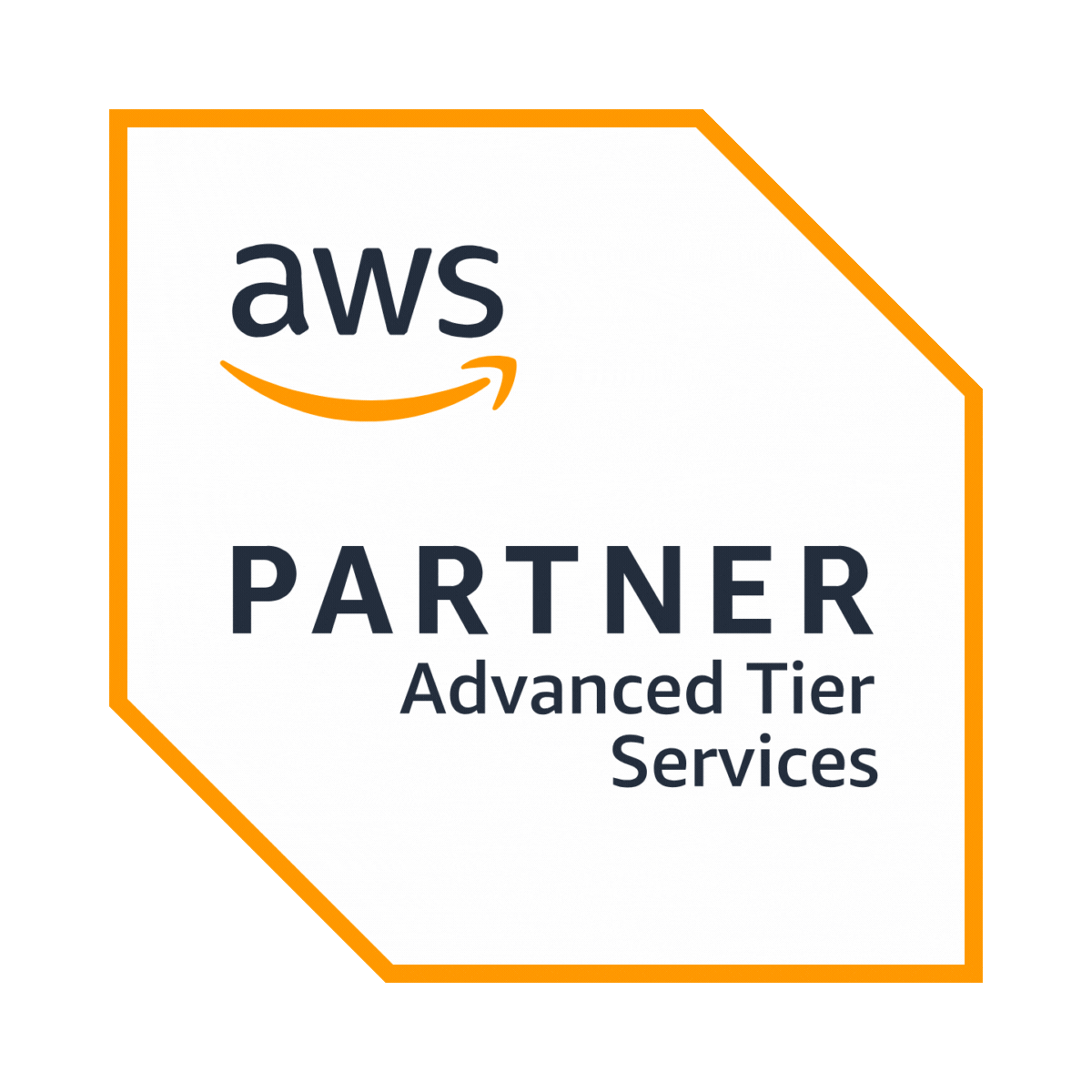How to assess applications before cloud migration
Migrating applications to the cloud is a major step in modernizing IT infrastructure, but without a proper assessment, businesses risk unexpected costs, security vulnerabilities, and performance issues.
A well-structured application assessment for cloud migration helps organizations determine which applications are cloud-ready, what migration approach to use, and how to optimize performance post-migration.
According to Flexera’s 2023 State of the Cloud Report, 82% of enterprises have adopted a hybrid cloud strategy, highlighting the need for a thorough application assessment to manage workloads efficiently. This blog explores the importance of application assessment, the key steps involved, and industry best practices for a successful cloud migration.

Why application assessment is essential for cloud migration
1. Cost optimization and resource efficiency
One of the biggest challenges in cloud migration is controlling costs. Without an assessment, organizations may move applications that are not optimized for the cloud, leading to overspending on storage, compute, and bandwidth.Industry insight
- 30% of cloud spending is wasted due to inefficient resource allocation (Flexera).
- By 2025, enterprises that optimize cloud workloads will reduce costs by 25% (Gartner).
2. Identifying migration readiness
Not all applications are cloud-compatible, and some may require refactoring or complete redevelopment before migration. Application assessment helps businesses determine which applications should be rehosted, re-platformed, or re-architected.
Industry insight
- 60% of legacy applications require modification before migrating to the cloud (IDC).
- Organizations that assess applications pre-migration experience 40% fewer post-migration issues (Forrester).
3. Improving security and compliance
Assessing applications before migration ensures they meet security and regulatory requirements such as GDPR, HIPAA, and SOC 2. This reduces the risk of data breaches, compliance violations, and operational disruptions
.Industry insight
- 74% of organizations report security as their top cloud migration challenge (Cybersecurity Insiders).
- Cloud misconfigurations cause 65% of security incidents (IBM Security Report).
4. Enhancing performance and scalability
Application assessment helps businesses determine how applications will perform in the cloud, allowing them to optimize workloads for scalability, availability, and latency.
Industry insight
- Migrating properly assessed applications improves performance by up to 45% (McKinsey).
- Enterprises with an assessment-driven migration strategy experience 60% fewer downtime incidents (IDC).

Key steps in conducting an application assessment for cloud migration
1. Inventory and categorization of applications
Before migration, businesses need to create an inventory of all existing applications and categorize them based on:
- Business criticality – Which applications are essential for operations?
- Technical complexity – How difficult is it to migrate?
- Dependencies – Which applications rely on other services, databases, or APIs?
2. Evaluating cloud compatibility
Organizations must assess whether applications are cloud-ready or require modifications. This involves evaluating:
- Infrastructure dependencies – Can the application run on a cloud-native environment?
- Compliance and security needs – Does it meet industry regulations?
- Scalability potential – Can it efficiently handle traffic spikes in the cloud?
3. Choosing the right migration strategy
Based on the assessment, businesses should decide on the best migration strategy for each application:
- Rehosting (Lift and Shift) – Moving applications without modification.
- Replatforming (Lift, Tinker, and Shift) – Making minor optimizations before migration.
- Refactoring – Redeveloping the application to be cloud-native.
- Retiring – Phasing out obsolete applications.
- Replacing – Switching to a SaaS alternative.
4. Assessing security and compliance risks
Organizations should perform a security audit to identify vulnerabilities and compliance requirements before migration. This includes:
- Implementing identity and access management (IAM).
- Enforcing data encryption and backup policies.
- Ensuring GDPR, HIPAA, or industry-specific compliance.
5. Estimating cloud costs and resource allocation
Cloud migration can increase costs if not planned properly. Businesses should:
- Estimate compute, storage, and network costs.
- Use cloud cost management tools to prevent overspending.
- Optimize resources to match actual usage.
Industry insight
- 57% of enterprises exceed their cloud budget due to poor planning (Flexera).
- Companies using cloud cost assessments reduce cloud waste by 35% (Gartner).
6. Testing and performance benchmarking
Before migrating, organizations should conduct:
- Load testing – To evaluate cloud scalability.
- Performance benchmarking – To compare cloud vs. on-premise efficiency.
- Security testing – To identify vulnerabilities in a cloud environment.
Industry insight
- Enterprises that conduct pre-migration testing reduce application downtime by 50% (IDC).
Best practices for application assessment in cloud migration
1. Adopt an automated assessment approach
Manual assessments can be time-consuming. Automated tools such as AWS Application Discovery Service, Azure Migrate, and Google Cloud Assessment help in analyzing workloads efficiently.
2. Prioritize mission-critical applications first
Instead of migrating all applications at once, businesses should:
- Start with less critical applications to identify potential issues.
- Optimize mission-critical applications for cloud performance.
3. Involve cross-functional teams
Successful migration requires collaboration between:
- IT and DevOps teams – To ensure technical feasibility.
- Compliance and security teams – To address regulatory risks.
- Finance teams – To track cloud costs and ROI.
4. Leverage a phased migration approach
Organizations should migrate applications in phases to minimize risk and ensure seamless transition.
Example
A financial services company adopted a phased migration strategy, reducing downtime by 70% while ensuring zero compliance issues.
Conclusion
Conducting an application assessment before cloud migration is crucial for cost optimization, performance enhancement, and security compliance. By following structured assessment steps and best practices, businesses can reduce migration risks, optimize cloud resources, and improve overall efficiency.As enterprises continue to modernize their IT infrastructure, leveraging a well-planned application assessment strategy will ensure a smooth, cost-effective, and secure cloud migration.













